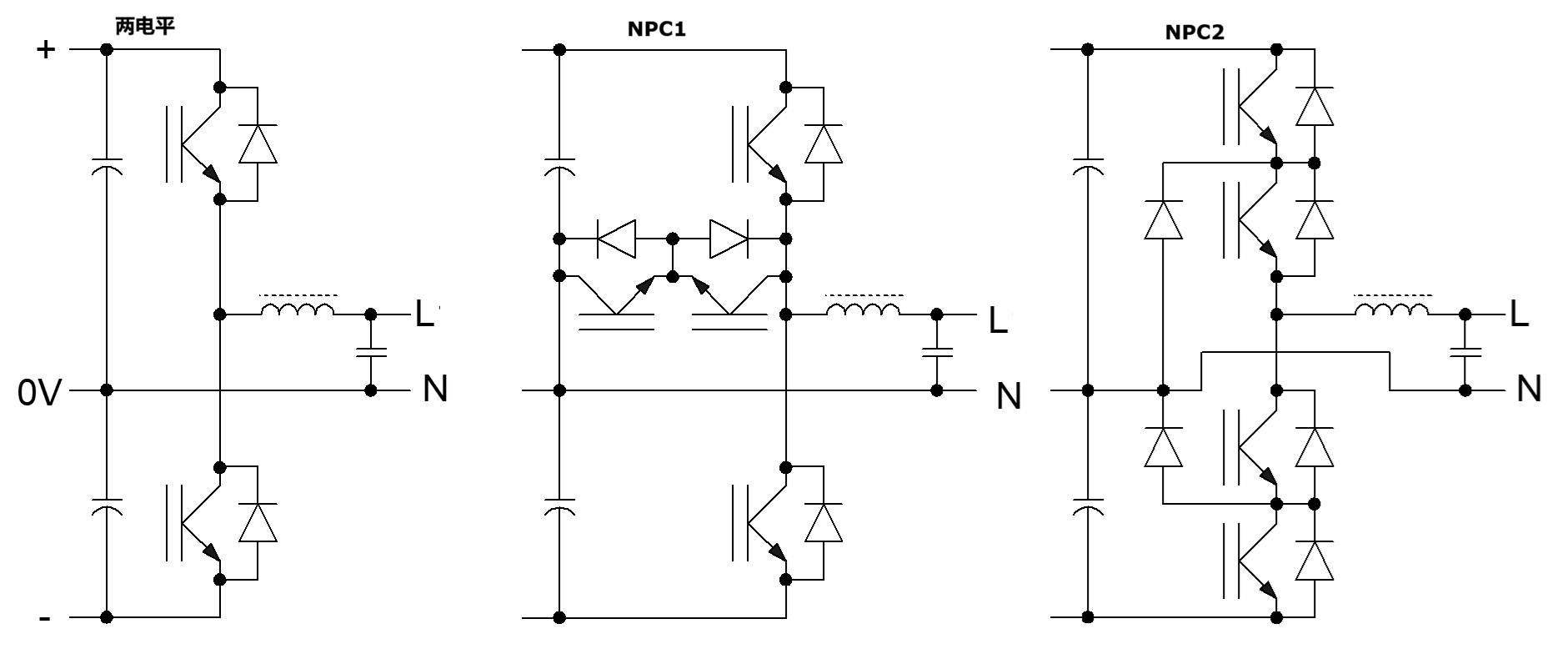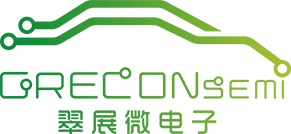
Industrial Control
UPS Power Supplies
Industry Requirements
UPS (Uninterruptible Power Supply) is a constant voltage and frequency power supply with an energy storage device, in which the inverter is the core component. Below is a detailed introduction to UPS power supplies:
Working Principle
Offline UPS: When the mains power is normal, it supplies power to the load through a bypass circuit, while the charger charges the battery. When the mains fails, the UPS switches to battery inverter mode; the battery provides power, which is converted into AC by the inverter and delivered to the load. This type of UPS has a relatively long switching time, usually between 10 milliseconds and several tens of milliseconds, but has a simple structure and low cost.
Online UPS: When the mains power is normal, it is first rectified into DC by a rectifier, then converted into stable AC by the inverter to supply the load, while the charger charges the battery. When the mains fails, the battery directly supplies DC to the inverter, which continues to supply power to the load after conversion. Online UPS systems deliver high-quality AC output and have nearly zero switching time, but are relatively costly.
Line-Interactive UPS: When the mains power is normal, the UPS regulates the input through a bidirectional converter before supplying it to the load, while managing battery charging or discharging. When the mains fails, the battery supplies power to the load via the inverter. Line-interactive UPS systems offer a balance between performance and cost, falling between offline and online types.
Application Solutions

Product Selection Guide
…

